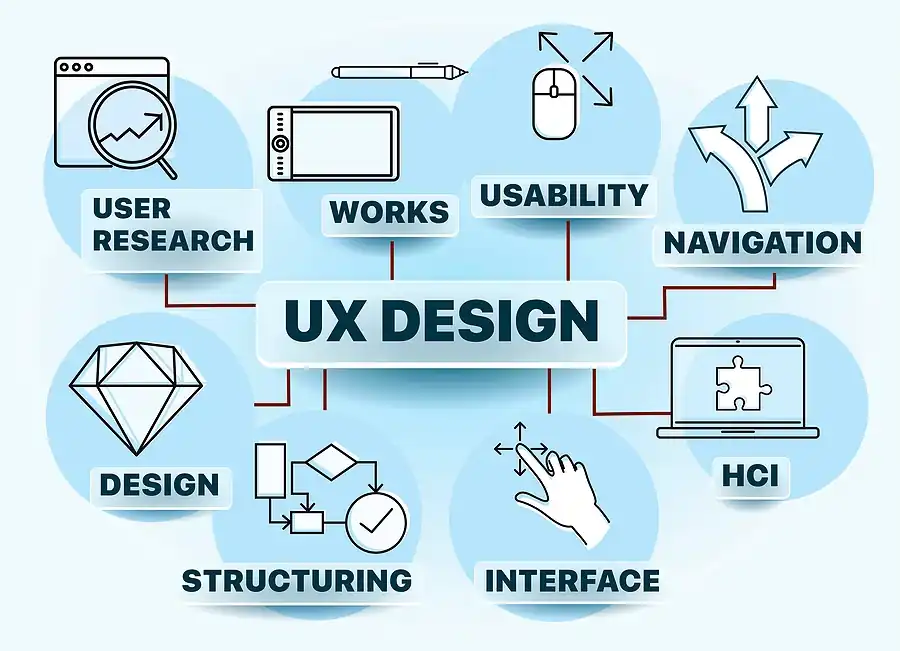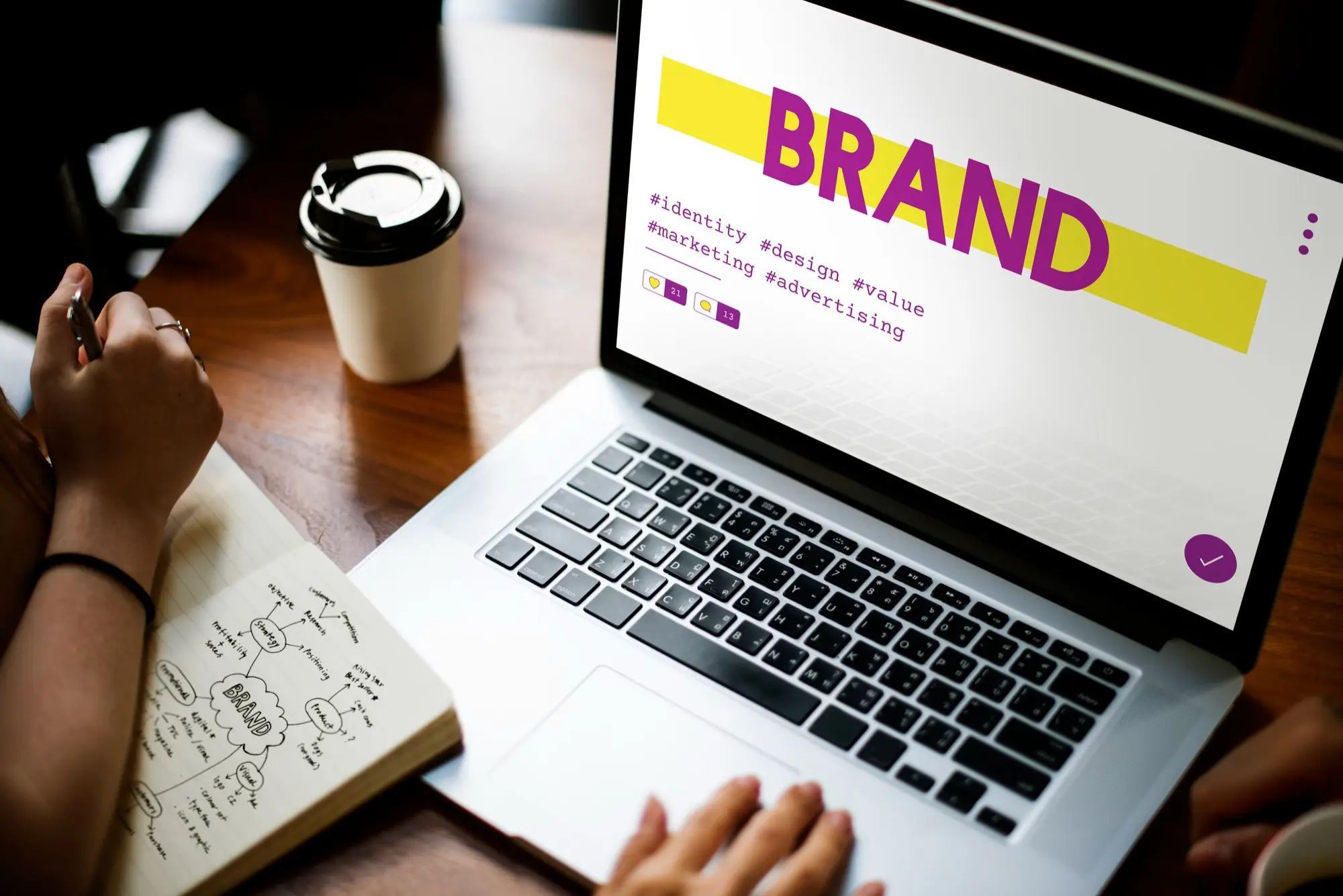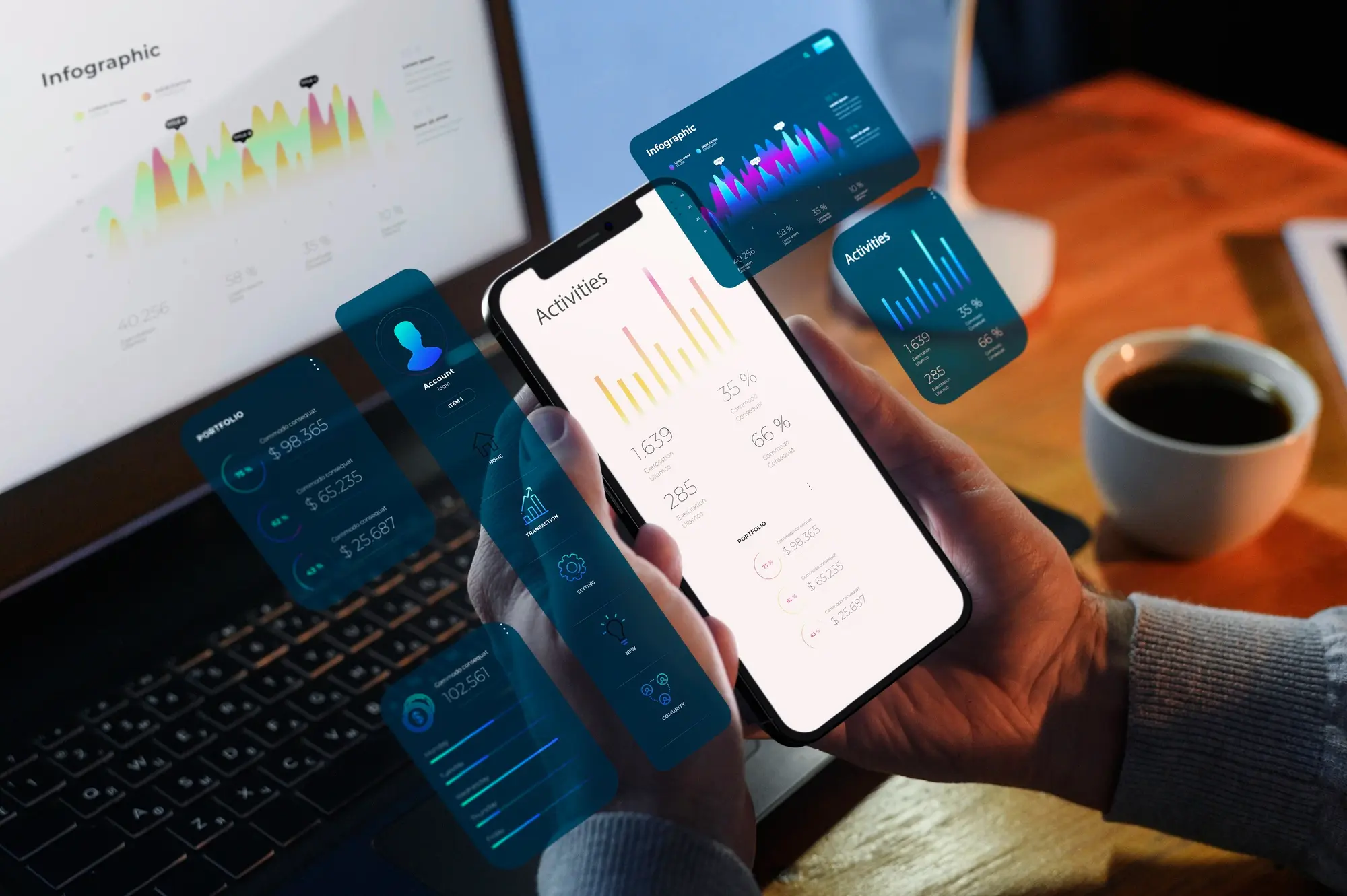User experience (UX) design is more vital than ever before if you want your business to succeed in the digital age. Research shows that 88% of online shoppers are less likely to return to a site after a bad user experience. It’s clear that focusing on UX is required to attract and retain customers.
Hiring the right UX design agency can elevate your website, apps, products and beyond. But not all agencies are created equal. This article will help you find the perfect UX design partner for your business by outlining key factors to evaluate and questions to ask prospective agencies. You’ll learn insider tips for vetting options thoroughly and picking an agency that offers the expertise, services and approach needed to create seamless, effective user experiences.
What is UX Design And Why is It Important?
User experience (UX) design focuses on creating products, services and digital interfaces that provide meaningful and relevant experiences for users. The goal is to make every interaction intuitive and seamless.
Good UX design provides immense benefits for businesses. It leads to higher conversion rates by making it easier for people to find information and complete desired actions. Strong UX design also boosts retention by creating enjoyable, frictionless experiences that keep users coming back.
Some key UX design methods and processes include:
- User research – Interviews, surveys, analytics and more to understand user behaviors, needs and motivations.
- Information architecture – Structuring websites and apps so users can easily navigate and find information.
- Wireframing and prototyping – Creating wireframes and prototypes to visualize and test design solutions.
- Usability testing – Testing designs with real users to identify issues and areas for improvement.
- Iterative design – Continuously refining and optimizing the user experience based on feedback.
The focus is always on advocating for the user and removing pain points in the product or service.
Considerations For Hiring a UX Design Agency
When vetting UX design agencies, keep these key evaluation criteria in mind:
- Process – Look for a proven, structured UX design process with research, testing and iteration.
- Experience – Seek an agency with substantial experience designing for your industry and business type.
- Portfolio – Review case studies and examples that apply to your goals and users.
- Services – Look for end-to-end UX design services beyond just wireframing and prototyping.
- Expertise – Ensure they have experts in interaction design, user research, usability testing, etc.
- Communication – Find an agency that communicates clearly and keeps you involved.
- Mindset – Seek a partnership with shared values, not just a vendor relationship.
- Results – Ask for measurable outcomes delivered for past clients.
- Pricing – Balance fair pricing with getting quality work.
Taking the time to thoroughly evaluate UX agencies across these criteria will help you find the right partner to deliver fantastic user experiences.
Pros And Cons of Agency vs. In-House Team
Should you hire a UX design agency or build an in-house team? There are pros and cons to each approach.
Working with an agency provides you with seasoned UX expertise right away. Top agencies have worked on a wide range of projects, letting them bring substantial experience to the table. They also stay on top of the latest UX trends and best practices. However, agencies may lack in-depth knowledge of your specific business.
Building an internal UX team allows for tighter alignment with business goals and intimate product knowledge. But it takes significant time and investment to recruit and skill-up the right people. You also risk designers becoming siloed from industry developments.
Ultimately, hiring an agency can be a smarter move in the beginning. An experienced agency will get up to speed quickly and deliver high-caliber UX work from day one. Later on, expanding into a blended model with both agency collaboration and in-house UX can provide the best of both worlds.
Questions to Ask Prospective UX Agencies
Here are some suggested questions to ask prospective UX agencies and what to look for in their responses:
- What is your end-to-end process for UX design? Listen for a focus on research, testing with real users, and iteration throughout the process.
- How do you ensure your work matches our business goals? Look for strategic alignment, not just executing tasks.
- What differentiates you from other agencies? Seek specializations, innovative approaches and passion.
- How do you stay on top of the latest UX trends and techniques? Look for commitment to continuous learning and improvement.
- Can you share case studies relevant to our industry and users? Evaluate if their past work translates to your needs.
- What results have you achieved for clients? Look for facts and stats, not just platitudes.
- How do you involve clients in the design process? Seek two-way creative collaboration, not handing off designs.
- How do you communicate with clients? Clear, proactive communication is vital.
Asking smart, probing questions will reveal agencies truly equipped to become user-focused partners on improving your product or service’s overall user experience.
Top UX Design Agencies
WebMaze UAE
WebMaze UAE is known for crafting innovative digital experiences centered around understanding users’ needs and goals. Their custom process combines research, prototyping and user testing to iterate on designs.
Location: Dubai, UAE
Clay
This San Francisco agency partners with major tech companies and startups to blend behavioral science and user-focused design. Their UI/UX work perfectly represents brands while creating delightful digital experiences.
Location: San Francisco, CA
Frog
Frog offers global UX design services spanning strategy, branding, innovation, UI/UX and more. For over 50 years, they’ve created transformative digital products and experiences.
Location: Global offices
IDEO
Known for inventing human-centered design, IDEO focuses on understanding users’ needs and desires. They design innovative products, services, and interfaces.
Location: Global offices
ustwo
This digital product studio makes apps with award-winning UI/UX, like Monument Valley. They craft meaningful, emotional digital experiences.
Location: Global offices
Huge
With expertise in UX strategy, research, UI design, and development, this digital agency designs end-to-end mobile and web experiences.
Location: Global offices
Signs of a Good UX Agency
Here are some signs of a good UX agency and red flags to watch out for:
Hallmarks of Excellence
- Cutting-edge expertise – see if they actively adopt new UX technologies/trends
- Talented team – look for diverse skills like research, testing, design, writing
- Results-driven – ask for measurable UX improvements delivered for clients
- User mindset – they should advocate for user needs throughout
- Customized process – their approach should flex to your specific project goals
Red Flags
- Vague project process – look for a clear, defined UX design process
- Weak portfolio – make sure they have strong, relevant case studies
- No user research – quality UX requires substantive research into users
- Poor collaboration – you want an agency that communicates frequently
- Arrogance – they should respect users’ needs, not assume they know best
The right agency will have a solid process but also think innovatively. They’ll respect users while guiding your vision.
Estimating Cost of UX Design Services
UX design services can range from $50/hour for freelancers and individuals up to $300+/hour for top firms. Smaller projects often cost $10,000 – $50,000+ and enterprise projects can be $100,000+.
Cost Factors
- Agency experience and reputation – Top-tier firms are more expensive
- Project scope – More screens/functions equals higher cost
- Location – Agencies in major cities charge more
- Services needed – Just UX or full design & development?
- Project duration – Multi-month projects cost more than short engagements
- Team size – More designers means higher price
- Custom designs – Unique designs cost more than templates
It’s about balancing fair rates with quality work that delivers strong ROI through improved user experiences. Set clear goals and scopes to estimate pricing.




